Racing to Net-Zero: A Captivating but Distant Ambition
While CDR will be crucial in the long term, firms working toward net-zero, now, need to work toward reducing emissions.
By Daniel Stein & Na’im Merchant Mar. 30, 2022
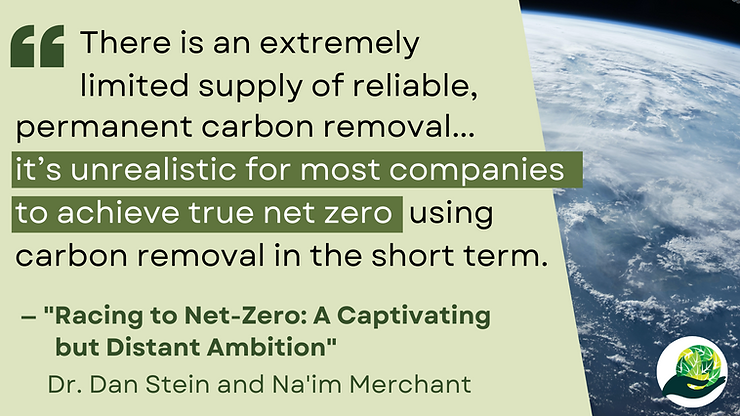
In this piece by Giving Green's director, Dan Stein, and the researcher behind our 2021 carbon removal recommendations, Na'im Merchant, we share the findings of our research into the carbon offset market: namely that there aren't enough good offsets to go around, making net-zero a "distant ambition" for most companies.
There is wide agreement among policy makers that in addition to reducing our ongoing greenhouse gas emissions, carbon dioxide removal (CDR) will eventually play an important role in solving the climate crisis. This means removing already-emitted carbon dioxide (CO2) from the atmosphere, and CDR includes everything from natural processes—like using soils and trees to absorb CO2—to more technical, engineered solutions like deploying direct air capture machines that suck CO2 out of the air.
More recently, companies such as Microsoft and Swiss Re have been drawn to CDR as a way to more credibly meet their net-zero goals. The reasoning is simple: A traditional carbon offset only prevents additional CO2 from entering the atmosphere (instead of removing already-emitted CO2). As a result, since it does not physically undo the emissions of the purchaser, there is no quantity of traditional offsets that can, at scale, get the world to net-zero. A world with carbon emissions can only be net-zero with CDR.
For this reason, interest in CDR has been rapidly rising. When the Science-based Targets Initiative (SBTI) launched the world’s first corporate standards on achieving net-zero by 2050, they required companies halve their greenhouse gas emissions by 2030 and reduce emissions by 90 percent by 2050, and recommended CDR for the balance. Similarly, Oxford University’s Principles for Net-Zero Aligned Offsetting recommends that companies prioritize reducing emissions, but where offsetting was needed, to shift away from traditional offsets to CDR. Globally, the IPCC anticipates that CDR will play a critical role in achieving Paris Agreement targets, estimating billions of tons per year will need to be removed by midcentury to avoid the most catastrophic effects of climate change.
At present, however, the CDR market is still nascent. McKinsey estimates voluntary carbon markets will grow as much as 15-fold to $50 billion by 2030, but Forest Trends estimates that only 10 percent of available offsets support CDR projects, with the balance supporting traditional emissions reduction projects. More to the point, there is significant variability in the cost, quality, and societal implications of these emerging solutions. And while many smart people are studying the technological, financial, policy, and societal implications of engineered CDR solutions, we are still years away from finalD answers.
Over the last two years, Giving Green—a nonprofit dedicated to identifying the best ways donors can address climate change—has researched a variety of CDR pathways to identify the most effective CDR solutions that are currently available for purchase.
Our conclusion: There is an extremely limited supply of reliable, permanent carbon removal available, and what exists is extremely expensive. Therefore, it’s unrealistic for most companies to achieve true net-zero using carbon removal in the short term.
Read the full piece in the Stanford Social Innovation Review here.
Support Our Work
Giving Green Fund
One fund. Global impact. One hundred percent of your gift supports a portfolio of high-impact climate organizations, vetted by our research.
Best for:
Donors who want the simplest way to impact multiple climate solutions.
Top Climate Nonprofits
Meet the organizations on Giving Green’s list of high-impact nonprofits working to decarbonize our future, identified through our rigorous research.
Best for:
Donors who want to give directly and independently.
Support Our Work
We thoroughly research climate initiatives so you can give with confidence. For every $1 we receive, our work unlocks another $21 for effective climate solutions.
Best for:
Donors who want to amplify their impact through research.



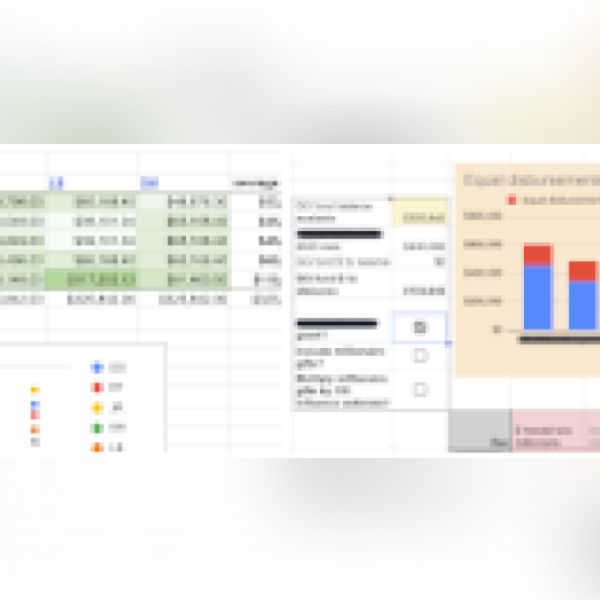



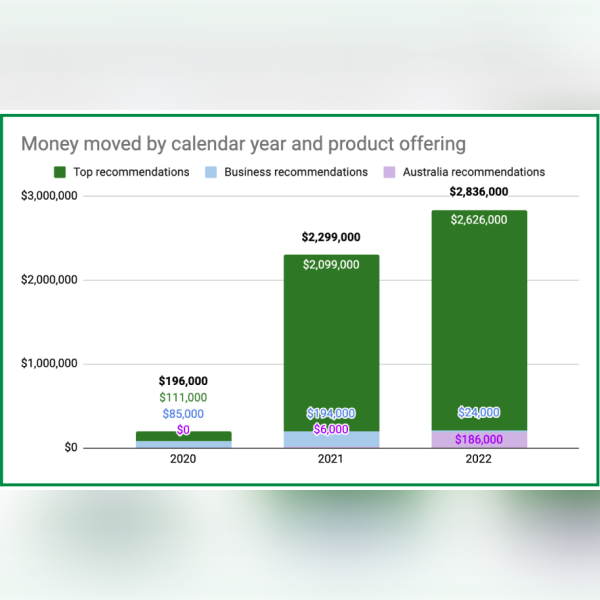
.png)


.png)






.png)








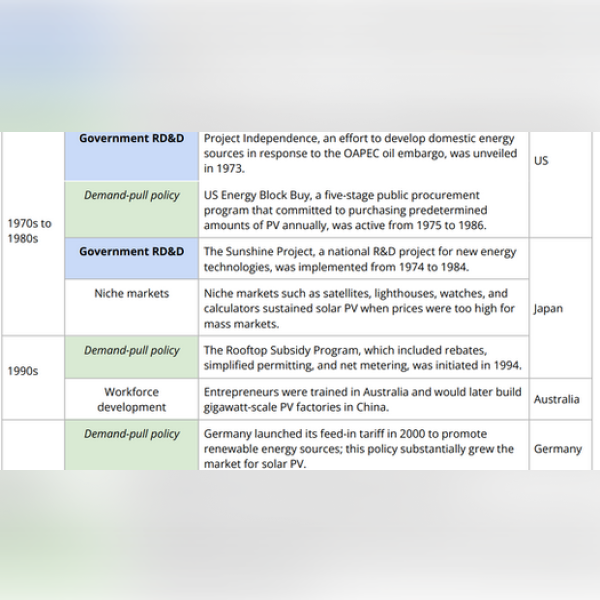


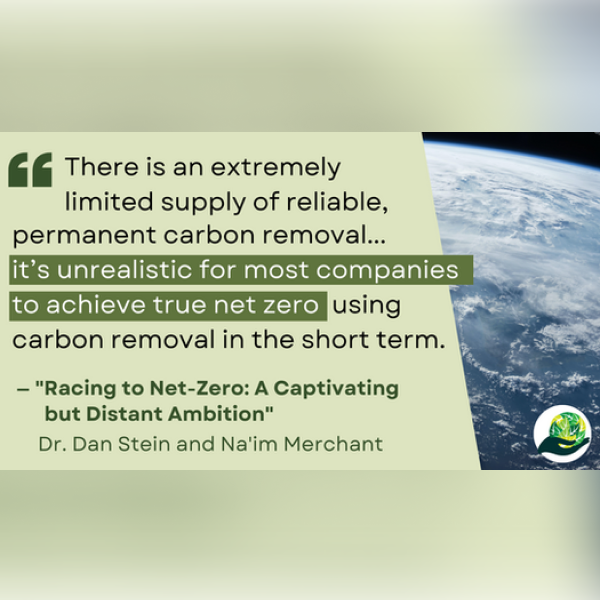

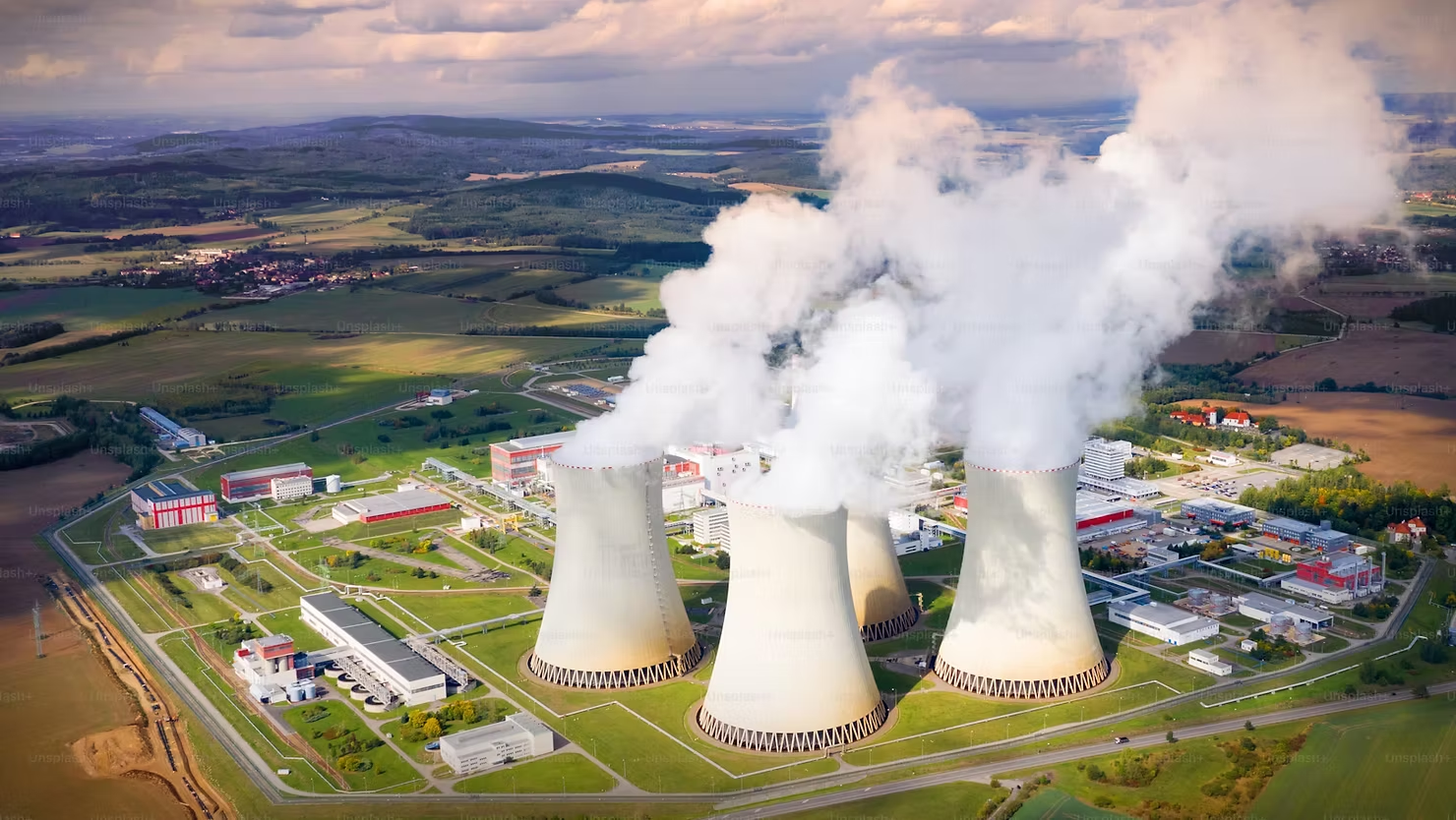

.png)












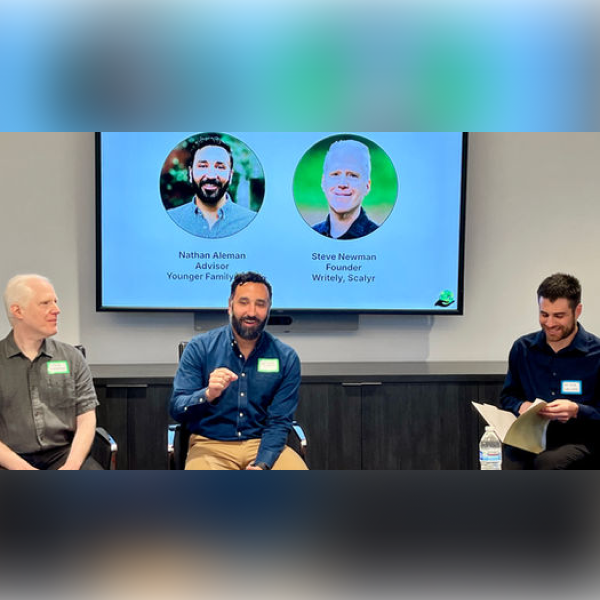



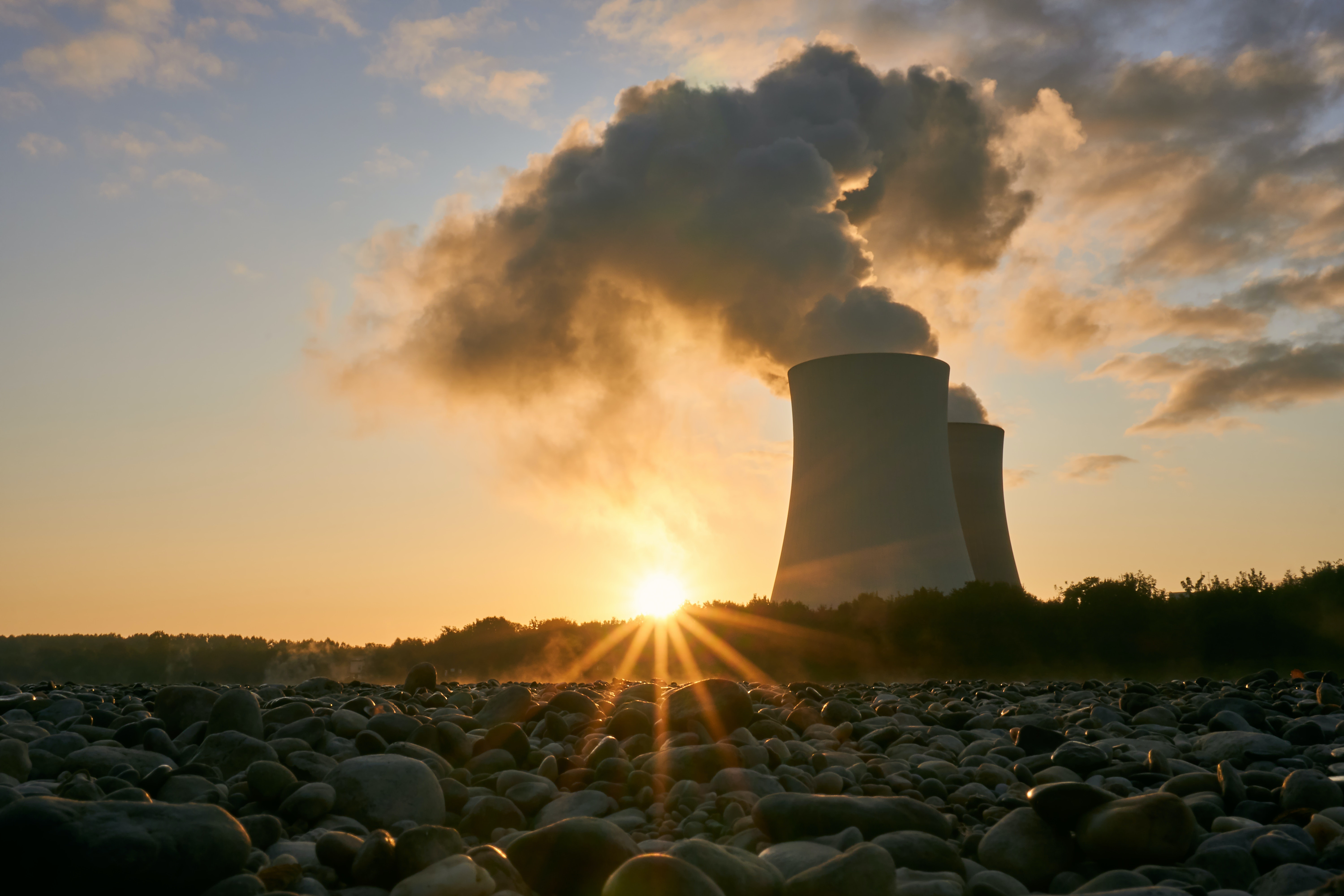




.png)




.png)



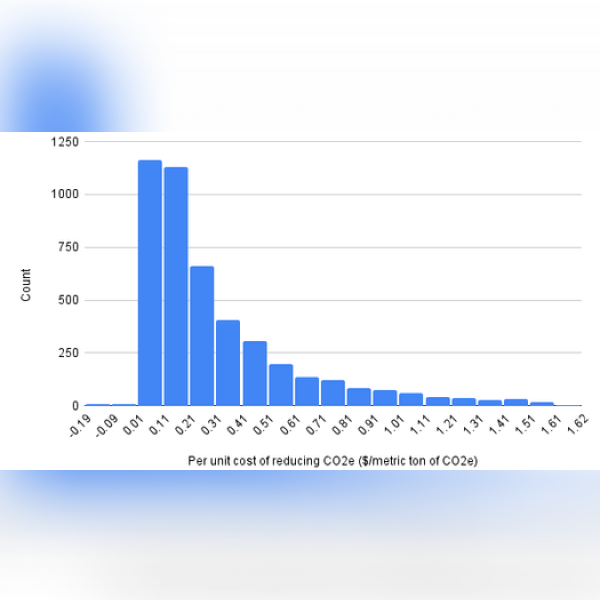


.png)


.png)

